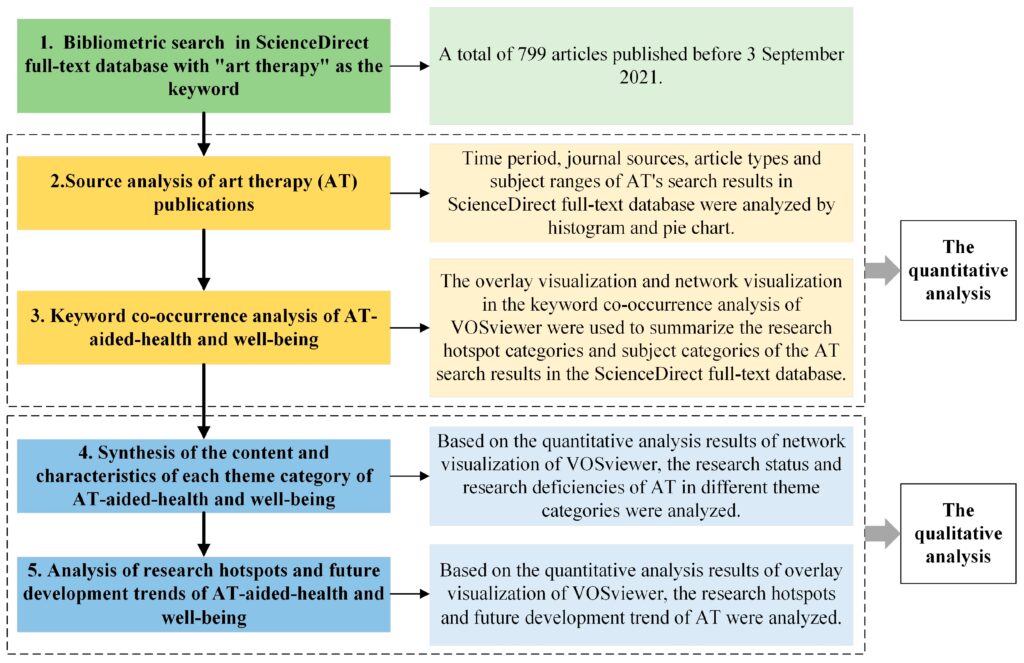Gaming is often seen as purely for entertainment, but there is a significant artistic aspect to game development that is commonly overlooked. This article explores how game developers use techniques from traditional art, such as color theory, visual design, and composition, to create immersive and believable worlds. Concept art is also a crucial part of the process, as it helps the development team to experiment with different design elements before committing resources. Storytelling is another important element of games, with traditional forms of storytelling, such as literature and film, often used to drive the narrative.
The Artistic Side of Gaming: Investigating the Intersection of Art and Game Development
Introduction
Gaming has come a long way since its inception in the 20th century. Today, it has become an industry that is worth billions of dollars, with millions of gamers playing games from different platforms. While gaming is primarily associated with entertainment and escapism, there is an artistic side to game development that is often ignored. In this article, we will explore the intersection of art and game development and investigate how games are made.
The Artistic Vision of Game Development
When we think of a game, we often think of the graphics, sound, and gameplay. However, game development is much more than that. The artistic vision of game development involves the creation of a world that is immersive and believable. In order to achieve this, game developers employ various techniques that are common in art.
Game developers employ elements of color theory, visual design, and composition to create the environment of the game. The use of color can set the mood of the game, and the visual design of a game can impact how players interpret the game’s story. The composition of a game’s environment is also crucial to creating an immersive experience. The way objects and characters are positioned within the world creates a sense of depth and space.
The Role of Concept Art in Game Development
Concept art is an integral part of the game development process. It is the first step in bringing the artistic vision of a game to life. Concept artists work closely with game developers to create images that depict the environment, characters, and props that will be used in the game. These images serve as a visual guide for the rest of the development team.
Concept art is not just about creating pretty pictures; it is also a way to test the viability of a game’s design. By creating concept art, game developers can experiment with different design elements before investing resources into developing them further.
The Art of Storytelling in Games
Games are not just about the gameplay; they are also about the story. The story in a game is what drives the player to keep playing. The storytelling in games often draws on traditional forms of storytelling, such as literature and film.
Game developers use various techniques to tell their story, such as cutscenes, dialogues, and interactive elements. The world-building of a game is also an essential element of storytelling. The environment of a game can tell a story on its own, without the need for words.
Conclusion
The artistic side of gaming is an integral part of game development. Without the creative vision of game developers, games would not be as immersive and engaging as they are today. By exploring the intersection of art and game development, we can gain a better understanding of how games are made and appreciate the artistry that goes into creating them.
